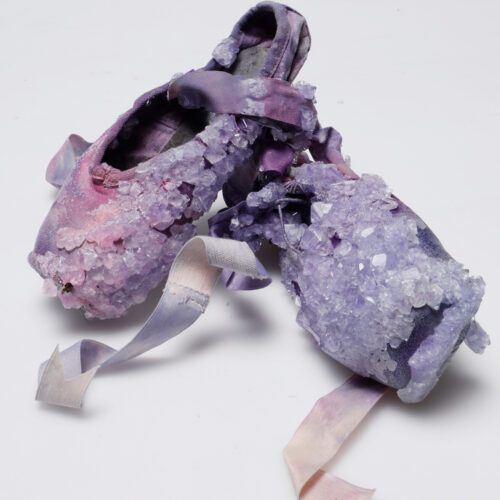
Sustainable embellishment
Embellishment, or decorative details and features added to something to enhance or add to its aesthetic appeal, have been applied in a textiles/fashion context for thousands of years; “The origin of embroidery can be dated back to Cro-Magnon days or 30,000 BC. During a recent archaeological find, fossilised remains of heavily hand-stitched and decorated clothing, boots and a hat were found.”
Embellishment can cover a wide range of approaches, from embroidery stitches to layering up material to add design interest and surface quality, and in this blog post I would light to cast a light on three contemporary practitioners exploring embellishment using highly sustainable approaches and processes, homing in at the start with a very common object for embellishment- the humble sequin!
With traditional sequins traditionally made from non-reusable plastic, in recent years there has been a quiet revolt against them due to impact on the environment. For example, if a cotton t-shirt with sequin embellishment was laying in landfill, the cotton part would take around five months to decompose, yet the plastic sequins could take up to 1000 years- that’s an incredible amount of methane gasses released into the atmosphere for the sake of decoration, surely? (It opens up the bigger question too; if you are going to create or wear something that can last so long, isn’t it better to make things at the highest quality possible so that they can survive generations at least, opposed to cheap, fast fashion? A conversation for another time!)
There are different levels of sustainability and I would like to briefly introduce a company that create sequins that have more of an eco-conscious than traditional sequin manufacturers; The Sustainable Sequin Co. They create sequins to embellish fabrics made from RPET which is the most commonly used recycled plastic on the planet (currently!) RPET, whilst it won’t biodegrade in less than around 1000 years, it can be recycled again and again for reuse- where as many plastics currently are not able to be recycled and only have the one life. It is extremely strong, yet light weight so ideal for fashion applications. Whilst still not ideal to create new things that cannot be kindly disposed of, the merits for it being able to evolve into new items after it’s dine with is a definite plus.
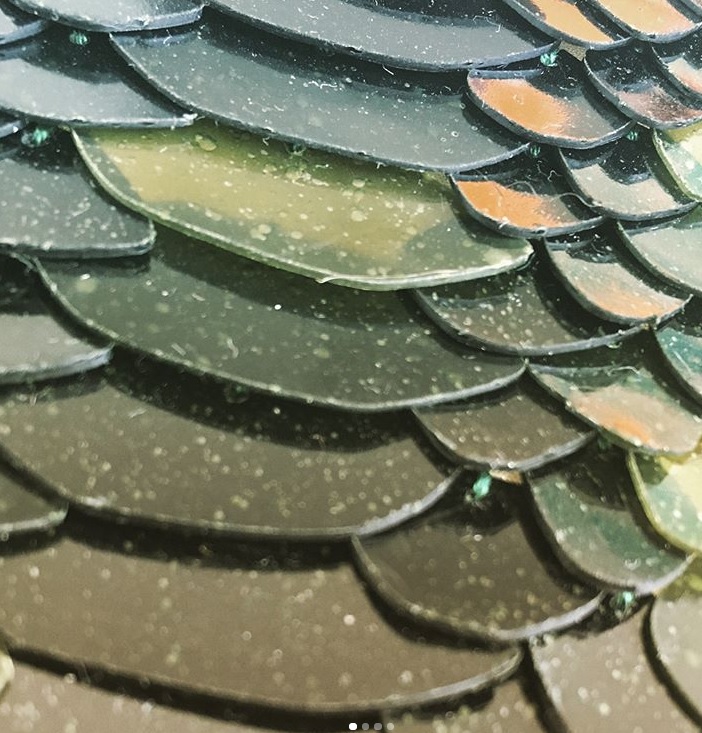
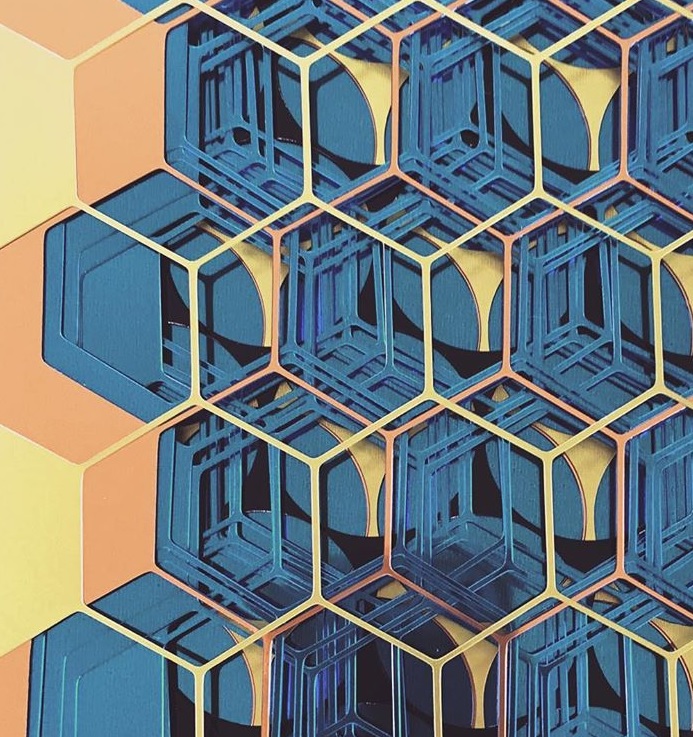

Carolyn Raff takes creating sequins for embellishment to the next level of eco-awareness but making them out of bio plastic. Like Alicia Rowbotham, who I mentioned in a previous blog post about sustainable woven textiles (https://www.oca.ac.uk/weareoca/textiles/woven-textiles-exploring-sustainable-and-waste-materials/ , Raff approaches her work as having a shelf life and a gentle impact on the environment. She makes sequins for embellishing fabrics from all kinds of natural elements such as algae, spirulina, gelatin and hibiscus- all of which are compostable.
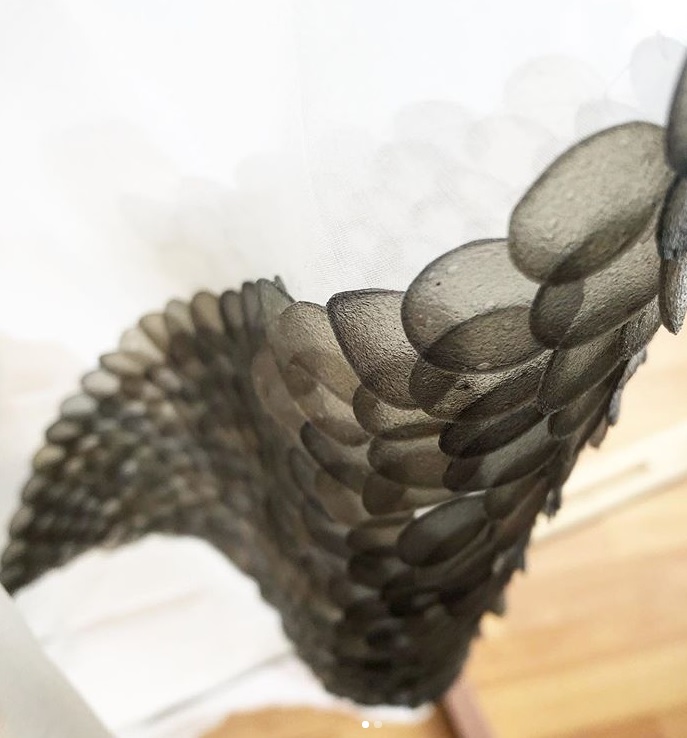
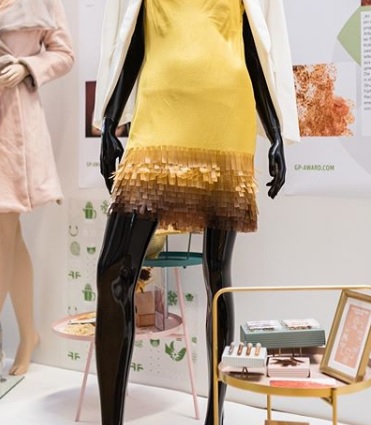
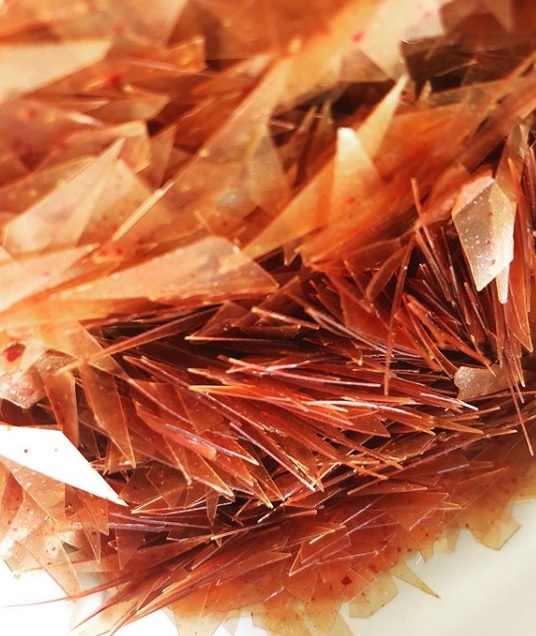
Exploring on from this, another very interesting artist currently exploring the use of biomaterial is Alice Potts. Potts not only researches and creates biomaterial from raw natural material such as fruits, lettuces, ginger, salt through an extensive journey of experimentation using techniques such as dehydration and layering, but she also incorporates human bodily fluids such as sweat. Her Perspire collection explores topics such as identity and wellbeing, through collecting sweat particles and using them to form sweat crystals on clothing items and other textiles.
Whilst there is still ongoing research about just how exactly bio plastics do decompose- some biomaterials leave a toxic residue behind and are not kind to the soil they have been buried in. Some biomaterials still require strong UV lights to enable the molecules to break down, or extremely high temperatures, and some still release an excess of methane gas during their decomposing process. However, it is argued that the rise and development of eco plastics is far, far kinder to the environment that their synthetic counterparts and I personally think that the new and exciting discoveries in this area of fashion and textiles particularly is only a good thing for the field and the environment. Could you think of a way you might wish to experiment with more eco-friendly materials and techniques?
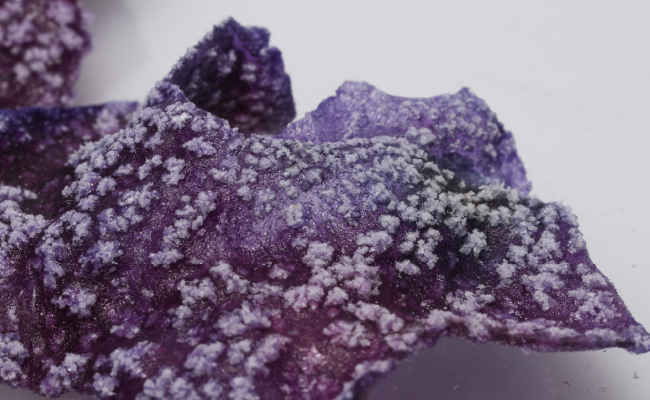
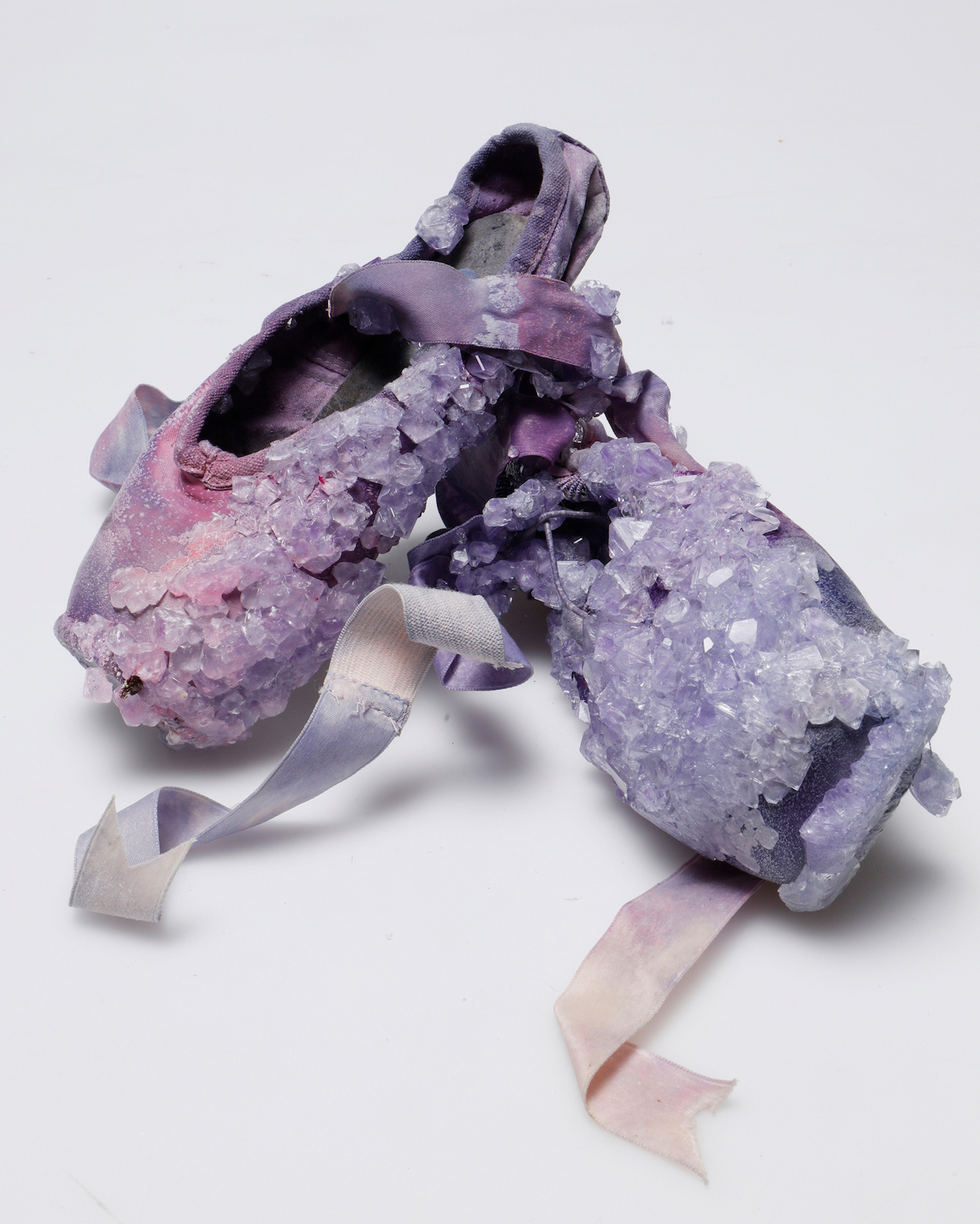
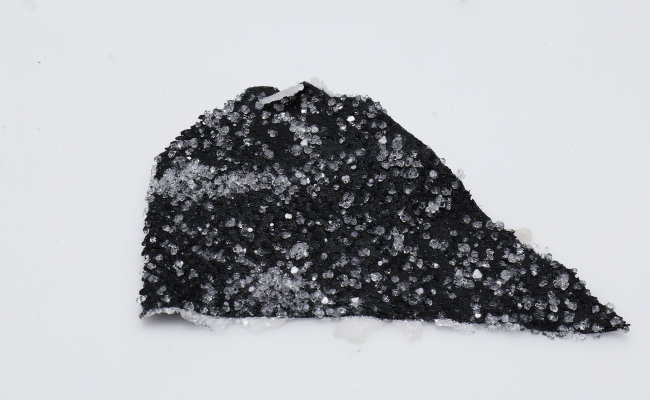
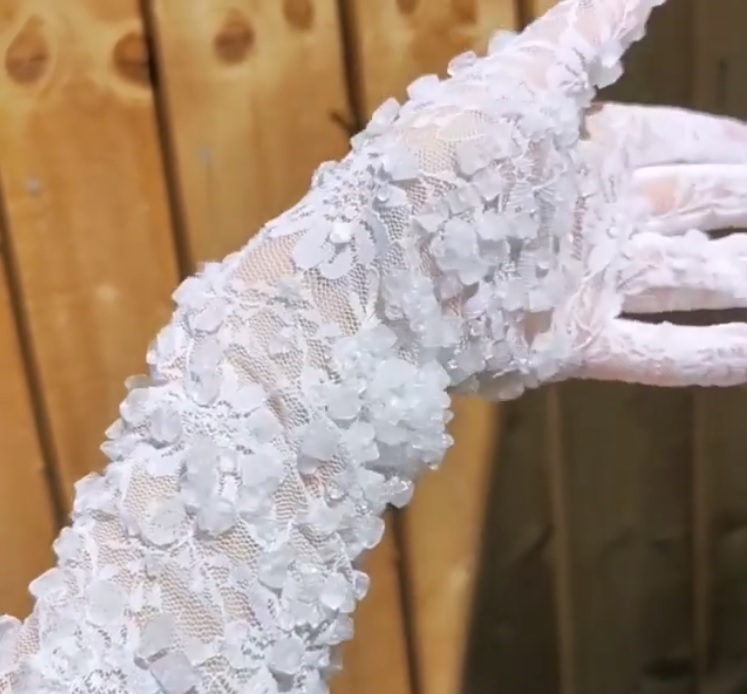
Further reading on Alice Potts:
https://ocean.exacteditions.com/issues/64500/spread/29 Available until 31st August 2020 for free-Digital copy of Crafts Magazine sep/oct 2018
https://www.youtube.com/watch?v=SFaAZ9Rbu5A
|
|





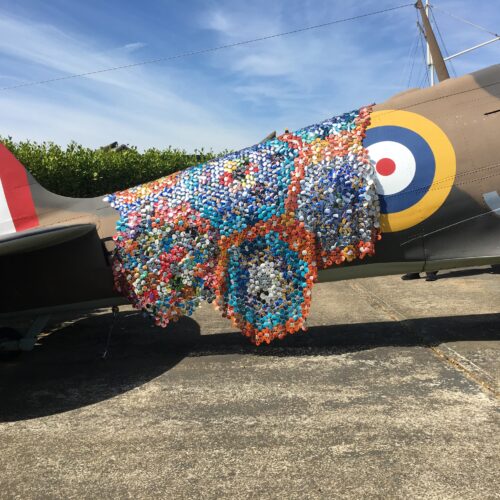

Great post and discussion Faye. Sustainability is something we should all be thinking about in our creative practice.
Absolutely, and there are so many exciting ways to approach it at the moment as well!
Very interesting post! And amazing work of Alice Potts!
Great post Faye…. as you know, I am head to toe in bioplastics at the moment, so I could not have dreamed of a more timely post for me. Several lines of enquiry to follow. Thanks for this! Inger W